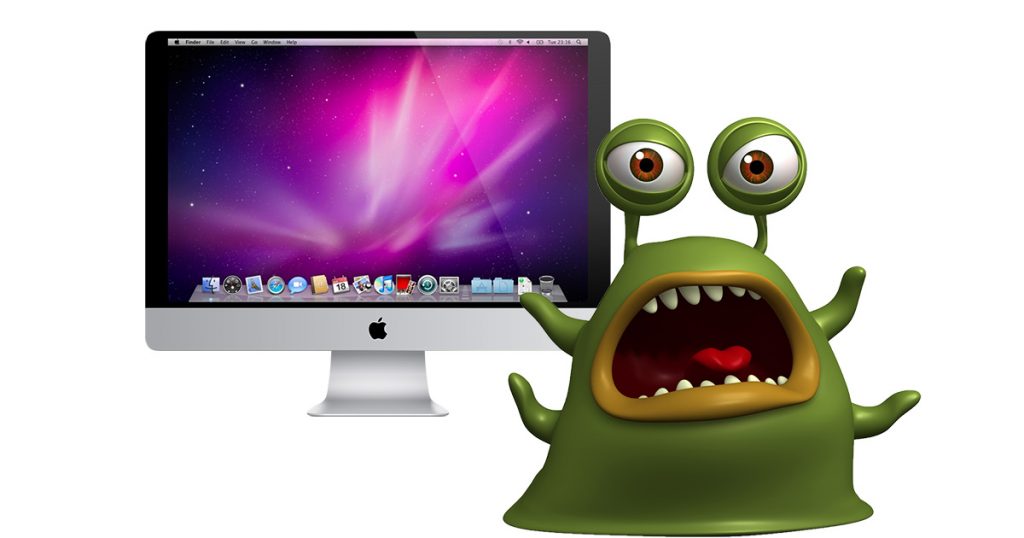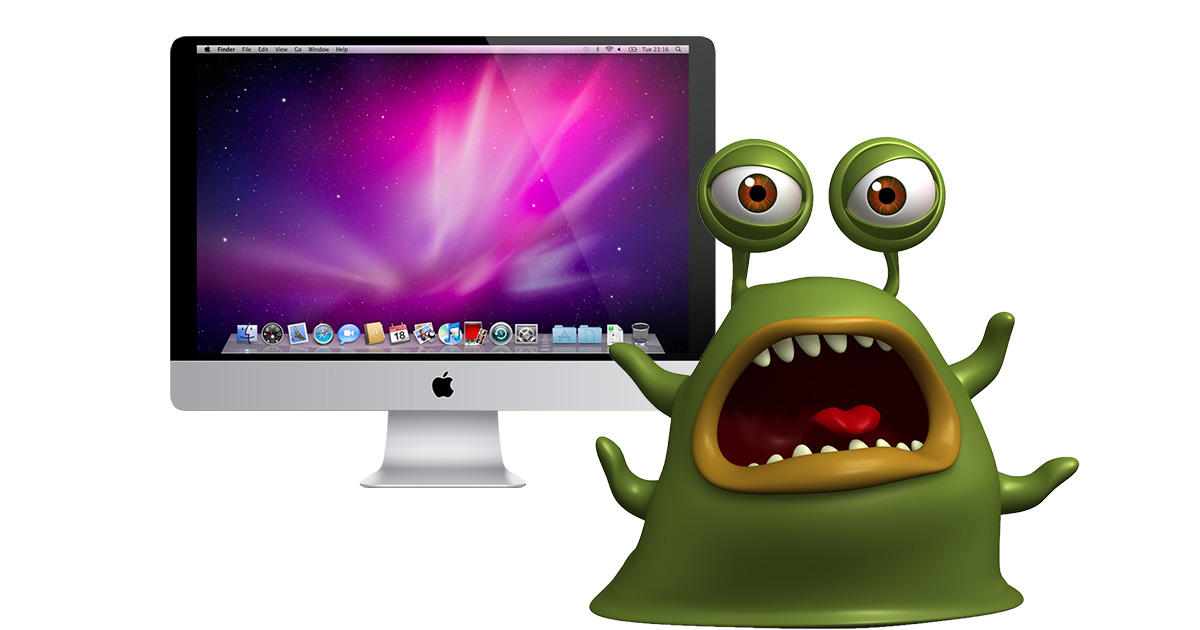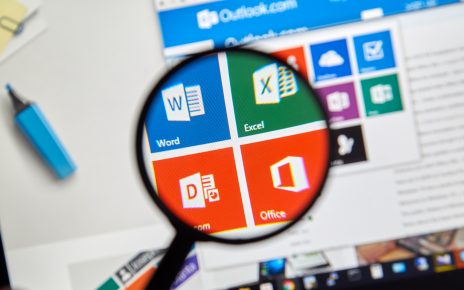It’s likely that you have a malicious program installed on your Macbook or iMac if you’re constantly being redirected to questionable sites or if your browser homepage and search engine have been updated without your permission. Running a scanner and taking measures to patch your web browser will help you remove malware from your Mac or PC. Here’s how to uninstall malware from your computer, step by step.
Disconnecting from the internet will prevent any of your data from being sent to a malware server, as well as the malware from spreading. If you think your machine has been compromised, remain offline as long as possible. If you need to download a removal app, disconnect once it’s done and don’t reconnect before you’re confident the malware has been disabled. Safe mode, also known as safe boot, is a way to start your machine in such a way that it performs checks and only loads the bare minimum of applications and programs. If malware is designed to load automatically, it will be unable to do so, making it easier to uninstall.

If you think your machine has been compromised, be careful not to reveal passwords by using a copy-paste feature or clicking a “display password” box. Keylogger viruses are a form of malware that runs invisibly and is designed to record your keystrokes. Avoid logging into sensitive accounts when your computer is infected to avoid disclosing your personally identifiable information.
If you think you’ve installed a malicious update or program, close it if it’s still open. You can do this with the aid of your activity monitor. This displays the processes that are currently running on your device, allowing you to monitor them and see how they affect the operation and output of your computer. Malware will eat up your computer’s energy, so look at the CPU tab to see which programs are running the hardest. If you are able to locate the suspicious program, you can close it using your activity monitor and then remove it from the Finder menu.
Malware scanners, fortunately, will remove the majority of common infections. It’s important to remember that if you already have an antivirus program installed on your device, you should run this malware search with a different scanner because your current antivirus software will not detect the malware at first. If you think your machine has been compromised, we suggest downloading an on-demand scanner from a trusted source, followed by installing and running protection software that protects against both current and emerging malware, such as ransomware and viruses.
If you think your machine has been compromised, we suggest downloading an on-demand scanner from a trusted source, followed by installing and running protection software that protects against both current and emerging malware, such as ransomware and viruses. You can clear your browser’s cache after you’ve checked your homepage configuration. This is a temporary storage place on your device where data is stored so that your browser does not have to download it every time you access it. Users, whether consciously or unknowingly, install malicious software or browser extensions. These programs are often advertised or combined with other software, leaving the user perplexed as to where the software came from. Unfortunately, some free downloads do not sufficiently disclose that additional software will be installed, and you can discover that you have unknowingly installed a malicious program. Because of the number of steps and programs involved, this malware removal guide can appear intimidating. You can check more here for more tips and suggestions to remove malware from your mac.





